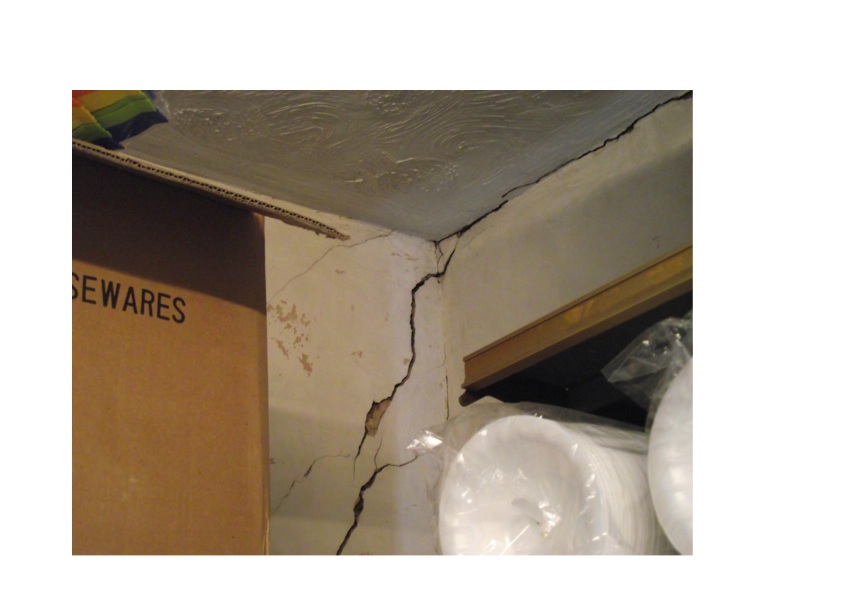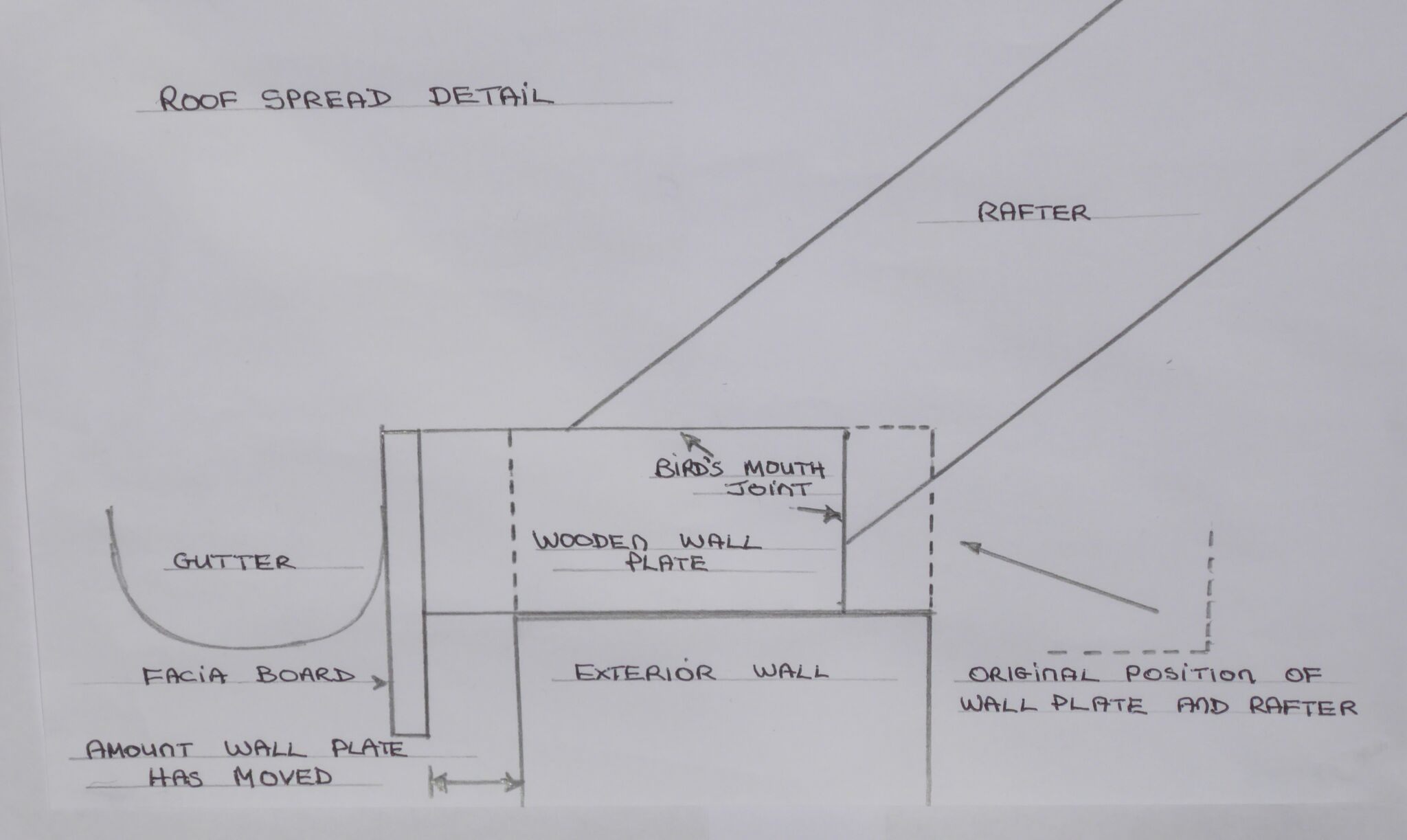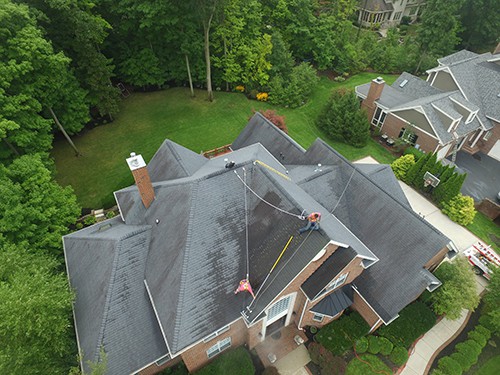Buildings magazine examined which problems are most common and the conditions that can either cause or be the result of premature failure and reduced service life of low slope roof systems.
Spreading roof problems.
Of all structural problems that can affect a house roof spread is one of the most visible particularly with traditional style buildings.
Roof spread affects a roof that begins to move after it is installed.
This will ensure that any repairs or modifications undertaken will not harm the existing structure.
In our experience of carrying out structural surveys if there are problems with the roof in the form of movement or letting dampness in then there tends to be problems with the whole building as the roof affects the rest of the building.
Knowledge of how roof spread is resisted can also allow you.
Factors that cause the situation include bad construction improper materials and water and rot problems.
Roof spread occurs when there is a failure to adequately support the main rafters of the roof so as to prevent them spreading further open in a scissor type action.
This is not a self diagnostic guide but rather an informative list of some of the problems most often battled.
The problem of resisting roof spread is a real one and it is always worth checking how roof spread is resisted when carrying out repairs or modifications to a timber framed structure.
This is the easiest problem to repair.
Free phone 0800 298 5424.
Obvious or unforeseen roof problems are always a pain and undoubtedly a significant expense.
Roof spread can be dangerous for a house and very damaging for a roof.
Since the rafters are fixed to timber wall plates sitting on the head of the masonry wall then roof spread pushed out those wall plates in the process pushing out the masonry below.
A problem with the roof can often indicate problems with the whole building.
So fixing the problem as soon as possible is vital.









